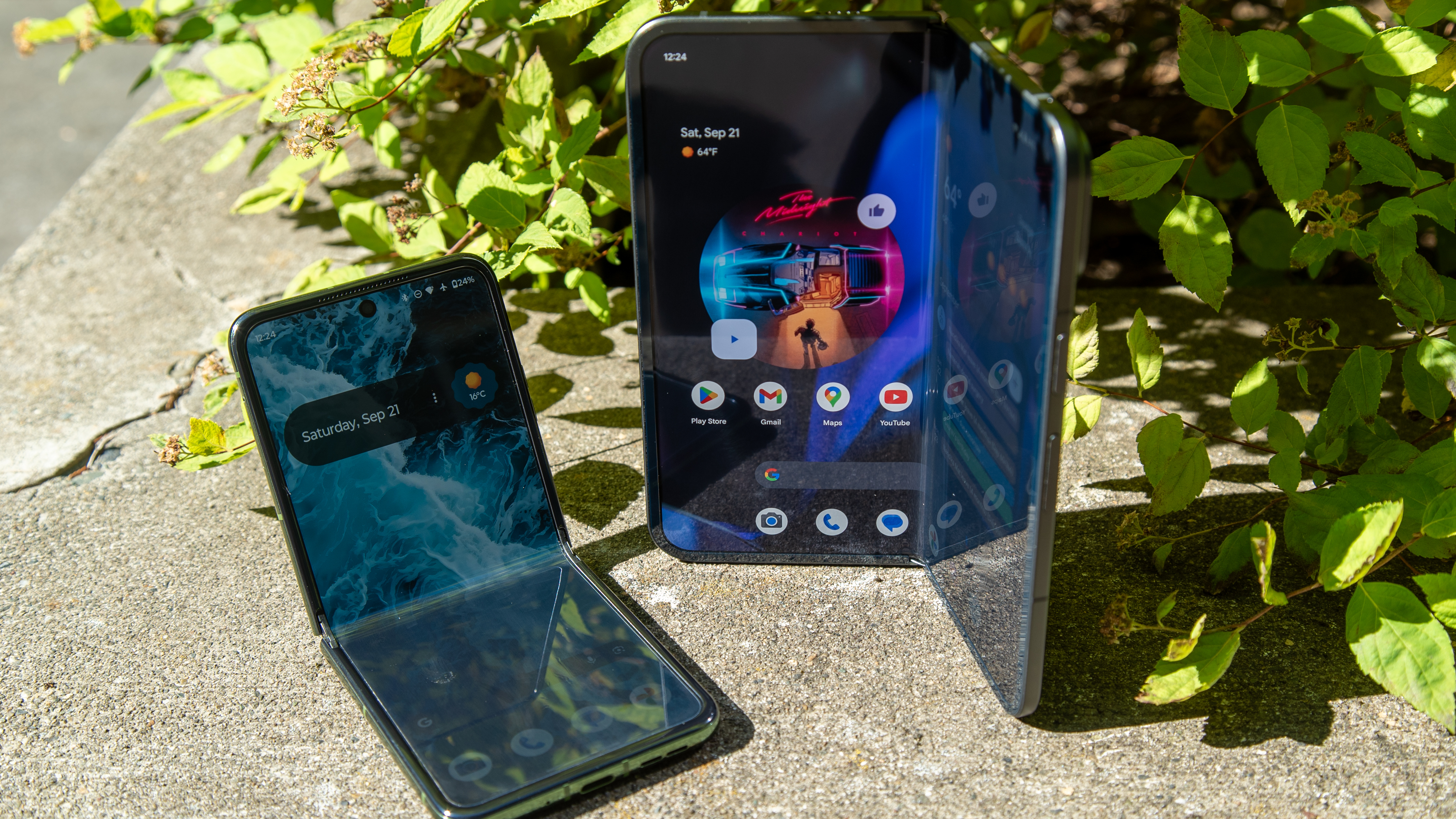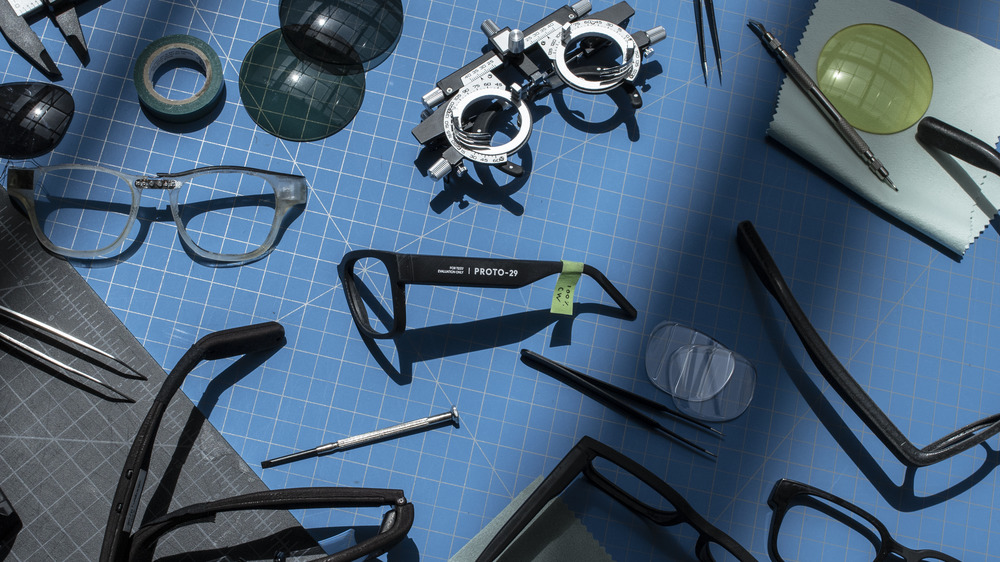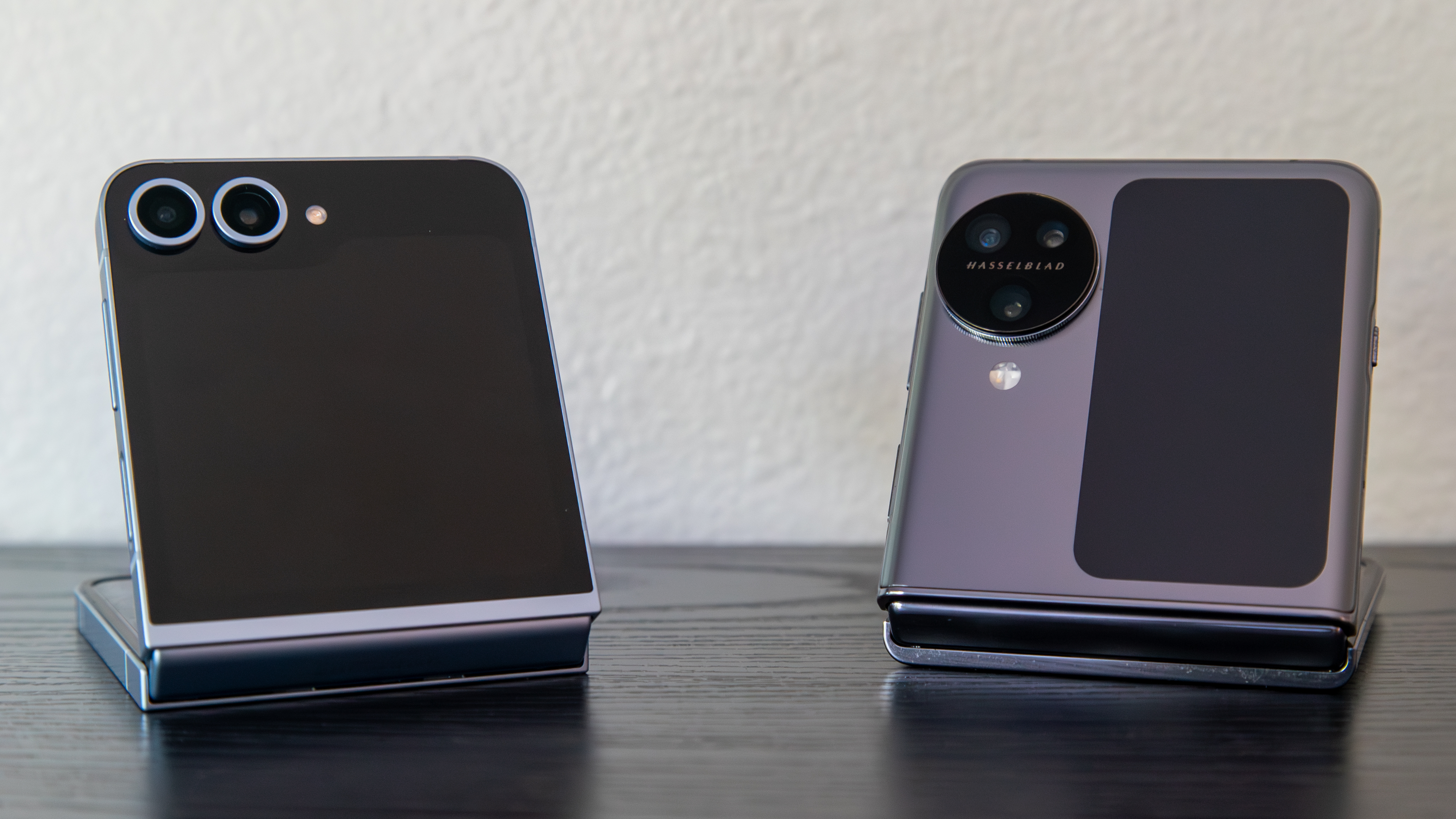
I recently spent part of an afternoon talking about MicroLED displays with my colleague Michael Hicks and how they may not be quite ready for wearables just yet. I enjoy this type of discussion as I am more interested in manufacturing and "how it's made" than the final product in most cases.
You can read how Michael dissects the latest MicroLED rumor and why we should be skeptical. The tech is currently available, but issues with cost and manufacturing make it very expensive to produce consumer electronics like a smartwatch that uses it.
This isn't something we talk about very often even though it helps drive every decision of manufacturer makes: cost to produce versus profit per sale. It's the reason why we waited so long to see "bendable" OLED displays become popular, why we had to wait even longer to see phones that actually folded in half, and taken to its logical conclusion, why Apple isn't selling foldable phones.
Using MicroLED as an example helps us understand this much better. The technology is potentially brighter than OLED, has a longer life, doesn't experience burn-in, is more energy efficient, and eliminates distortion from extreme viewing angles. It sounds like the perfect display material, and seeing it come in things like phones and watches would be great.

MicroLED is also crazy expensive to use for the display on a "cheap" off-the-shelf consumer device. This stems from manufacturing issues, making the cost of the parts very high when compared to current display tech. Nobody wants to see the cost of a phone rise another $200 or a smartwatch cost an extra $1,000 because the smaller the screen, the more manufacturing issues there are.
The tech is ready and could be used right now. Apple was said to be exploring using MicroLED on this year's Apple Watch but abandoned those plans when faced with the costs. We've heard rumors that Samsung is also exploring the tech, Google purchased a MicroLED startup, and most recently, Garmin is looking into the use of MicroLED. Companies want to use it because they think we will like the products that use it.
The only thing stopping it from happening is cost. That issue will be solved and when it happens, we'll see adoption of MicroLED for use in displays. Until then, we won't.
How does this tie into Apple and foldables? OLED displays are capable and not extremely expensive, and issues with bending glass have also been sorted out. Apple could build a folding iPhone tomorrow if it wanted. It doesn't.

When it comes to product development, making enough money is as important as making any money. Apple does not build a phone for you; it builds a phone for itself. It then spends money to tell you why you might want the phone it wants to sell. All companies do this on some level.
Apple's iPhone is the company's bread and butter. The money made from selling iPhones allows the company to spend money on other products, software development, and things like R&D for future projects. Without a high enough profit margin for the iPhone, Apple would need to adjust its business to compensate. A foldable iPhone would sell like hotcakes, and people would be willing to put up with issues arising from the "new" tech. But Apple can't get the profit margins from one right now.
Samsung or Garmin will sell a device with a MicroLED display when it thinks it can make enough money from doing it. And Apple will sell a foldable when there's enough money to be made on every unit sold.




!["[T]he First and Fifth Amendments Require ICE to Provide Information About the Whereabouts of a Detained Person"](https://images.inkl.com/s3/publisher/cover/212/reason-cover.png?w=600)


